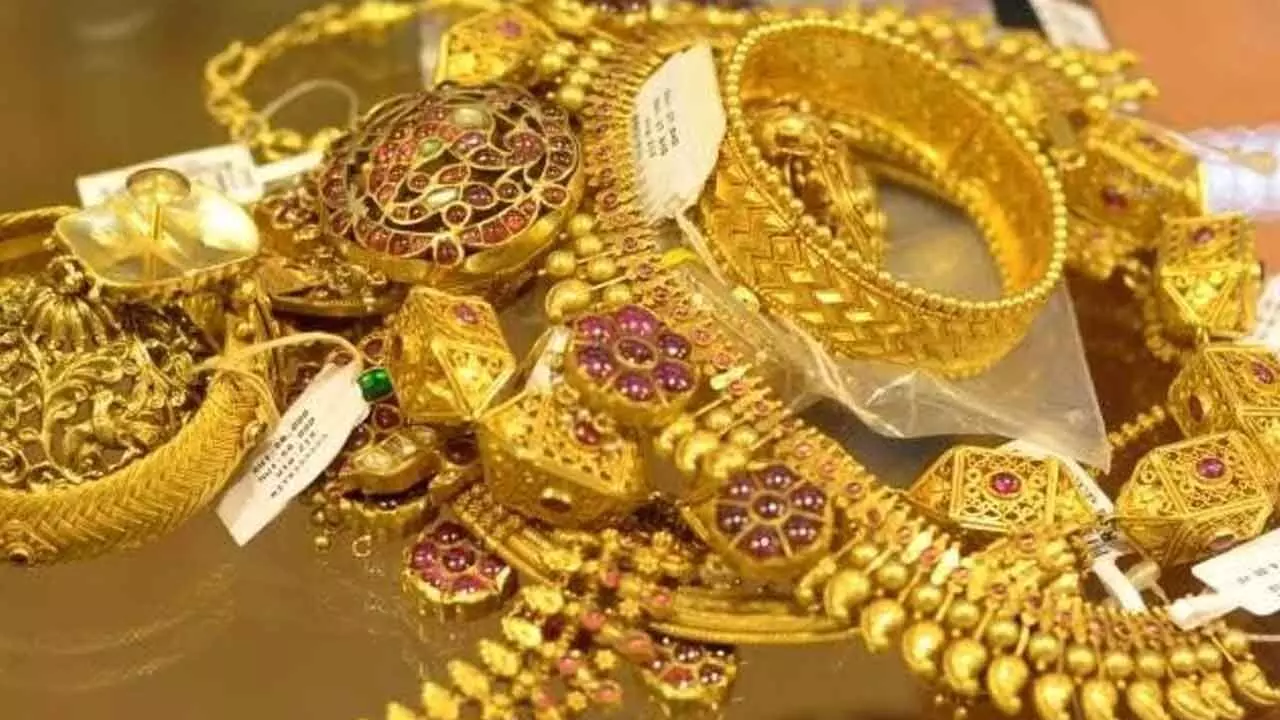India Is Now The Fastest Growing Major Diamond Jewellery Market
INDRA will support independent retailers with tools like AI for creating multilingual marketing assets
India Is Now The Fastest Growing Major Diamond Jewellery Market

Until the 17th century, Golconda mines in the Godavari Delta were the only source of diamonds in the world
Industry leaders De Beers Group and GJEPC will collaborate to support the Gem and Jewellery trade with education and promotional campaigns to support the natural diamond narrative.
"The Indian gem and jewellery market, currently valued at $85 billion, is poised for a rapid growth, projected to reach $130 billion by 2030," said GJEPC's chairman Vipul Shah.
The collaboration titled, INDRA - Indian Natural Diamond Retailer Alliance, will focus on supporting independent retailers in India with tools that go beyond the conventional.
"Indra is designed to harness this momentum by tapping into the country’s dynamic young population, the rise of organised players and increasing demand across bridal, every day wear, fashion, and entry-level jewellery. This initiative reflects a shared vision to educate stakeholders, empower retailers, and boost consumer demand, all while highlighting the timeless value of natural diamonds," Shah pointed out.
Indra will support independent retailers by providing them with tools such as Artificial Intelligence (AI) to create customised retailer campaigns and multilingual marketing assets. By providing natural diamond jewellery training in local languages, Indra aims to enable jewellery retailers to get their customers to feel connected to diamonds.
“India's diamond growth story is quite remarkable, and it has now become the second largest market in the world for retail sales of diamond jewellery," said De Beers Brands' CEO Sandrine Conseiller. "However, with its vibrant economy, growing young population and large number of leading diamond businesses, India still holds a wealth of untapped potential. Presently in the Indian jewellery retail sector, the penetration of natural diamonds stands at only around 10 per cent, which is well below the rate seen in mature jewellery markets such as the US. Plans are afoot to take it to 50 per cent in the next three years. Through this new collaboration with the GJEPC we will help unlock this growing opportunity for increased consumer demand for all types of natural diamond jewellery, including bridal, every day wear and entry level pieces,” Conseiller said.
Elaborating on the prevalent situation, he said, “The diamond jewellery market of the world is worth $89 billion. The United States is the largest consumer of polished diamond and diamond-studded jewelleries, while India is the second largest market in the world. It is followed by China and the Middle East. India’s economy is presently a 3.5 trillion dollar economy and by 2030, it is expected to reach $7.9 trillion. Major growth in the Indian market is into the desirable products which includes gems and jewellery industry.”
Meanwhile, the country’s natural diamonds have been hailed around the world for their extraordinary beauty and size for over thousands of years. Until the 17th century, the Golconda mines in the Godavari Delta were the only source of diamonds in the world.
Legends of the exquisite Golconda gems are present in sources from around the world: Ancient Greece, the Tang (618-907 CE) and Song (960-1279 CE) Dynasties in China, and the Middle-East.
In the 13th century, Venetian traveller Marco Polo narrated how diamonds could only be found and collected in the Kingdom of Motupalli (today’s Machilipatnam). Although he never actually travelled to those regions and relied on hearsay, Polo’s stories confirm the longstanding human fascination for diamonds and the mythical status that Indian gems had.
These legends show that the knowledge and interest in natural diamonds had reached every corner of the known world way before our times. More interestingly, it hints at the fact that a global market for diamonds has existed for centuries. From the beginning, India played a central role in the diamond industry as it was the first place where these gems were mined, sold, and worn.
As for the international market, Indian diamonds were paid for by European merchants with African and Peruvian emeralds, Mediterranean coral, gold and silver. Venice, one of the major exchange cities for Middle Eastern and Asian goods in Europe, became the trading and processing centre for diamonds in the fifteenth century.
After the discovery of natural diamonds in Brazil and Africa between the 18th and 19th century and the extinction of Indian mines, the availability of Indian gems declined. Yet, this did not mean that India stopped playing a role in the diamond industry. From the 1950s, thanks to cheap but highly skilled labour, the country has established itself as the most important location for processing diamonds. Today, more than 90 per cent of diamonds are cut and polished in India—predominantly in Surat—where they then reach the local market as well as the international one.
Natural diamonds come from places like Canada, Botswana, Russia and South Africa. Currently there are 30 mines in active production and only seven are classified as Tier 1 deposits with over $20 billion in reserve.

